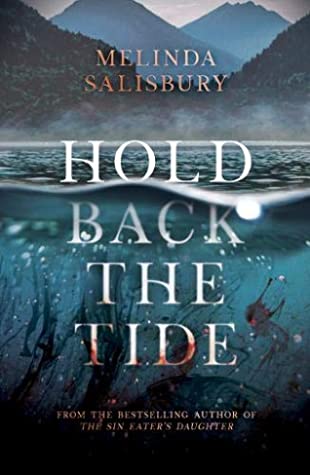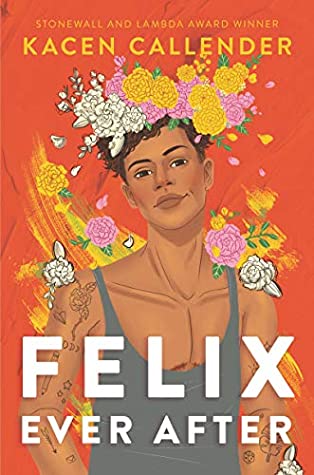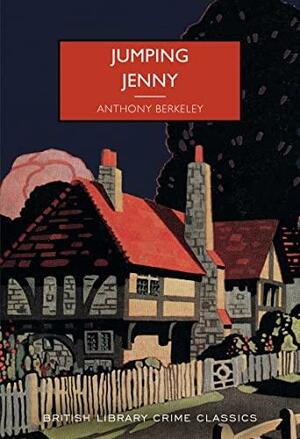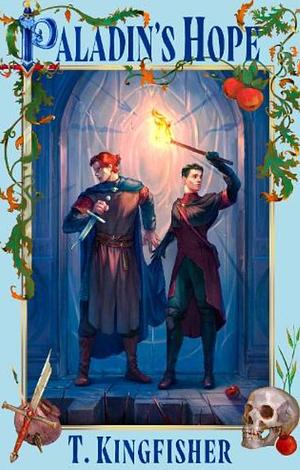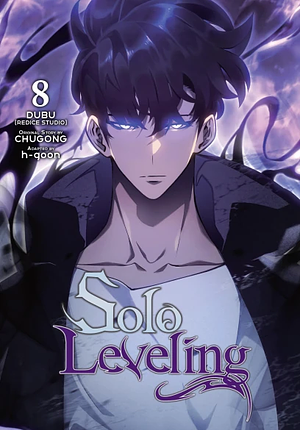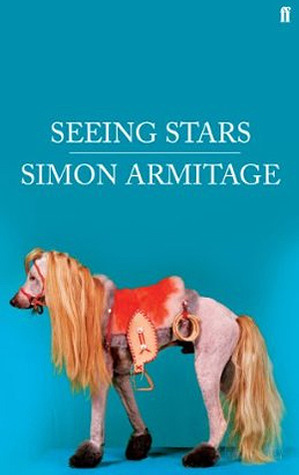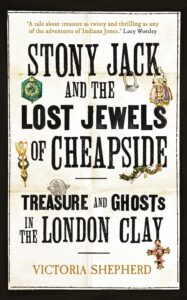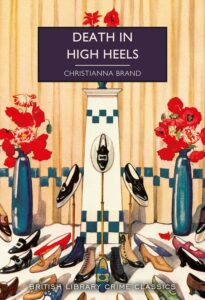
Death in High Heels
by Christianna Brand
Genres: Crime, MysteryPages: 253
Series: British Library Crime Classics
Rating:

Synopsis:The pursuit of fashion is a matter of life and death in the debut novel from Christianna Brand, one of the Queens of Golden Age crime fiction. Life in the West End dress shop Christophe et Cie is hard enough with all the pressures of delivering Frank Bevan’s business vision – and then comes murder, delivered by oxalic acid, transforming the boutique into a crime scene. Featuring a colourful cast of designers, models, shop floor assistants and the fresh-faced Inspector Charlesworth, this 1941 mystery brims with Brand’s signature wit and ruthless twists.
I did end up finishing Christianna Brand’s Death in High Heels, but goodness, there’s just something so mean about her work that I can’t enjoy. She does usually have a couple of gooey-sweet female characters who are absolute angels (which doesn’t 100% preclude them being the killer), but she can be so vicious about characters she wouldn’t have liked in person: gay men, unattractive women, lower class women, etc. It doesn’t help that she wrote Death in High Heels as a way of getting back at a woman she worked with. Boy, it shows.
The mystery itself was obviously going to work out a particular way, the “how” just remained, and it spent a frankly annoying amount of time trying to get there. I don’t particularly enjoy Charlesworth as an investigator in general, but boy, he was annoying. Strange times when I long for Inspector Cockrill…
I know the editor of this series rates Brand highly, but I really don’t agree.
Rating: 2/5 (“it was okay”)

